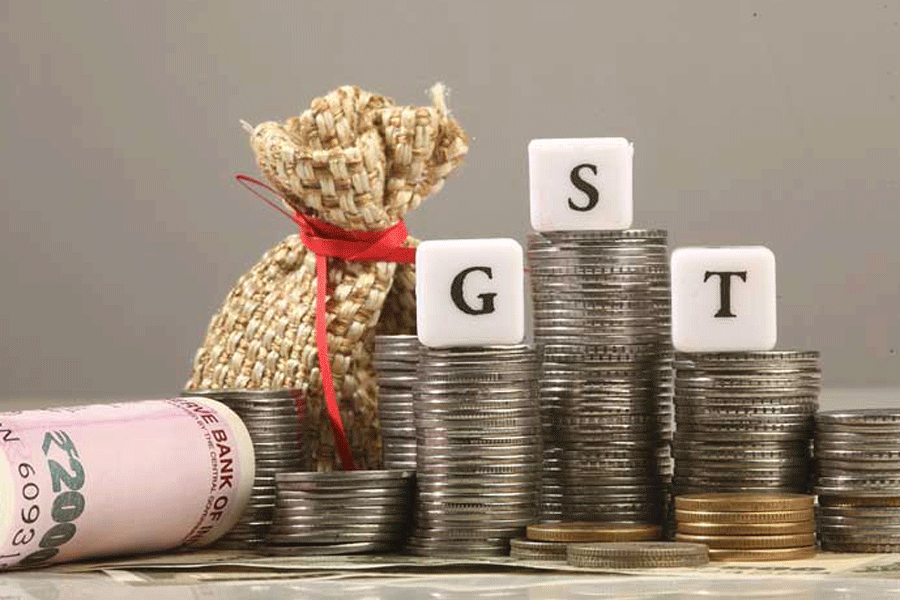The rationalisation of GST rates will be heavily influenced by the nature of the coalition government at the Centre and a revitalised Opposition in Parliament, where the Congress has demanded a single-rate regime.
Analysts said adjusting the rates is a complex task as it would reduce the costs of some goods while increasing taxes on others, potentially leading to inflation.
A reduction in the number or rates to three from four is one of the proposals. This could involve merging the 12 per cent and 18 per cent rates to create a 15 per cent rate or combining the 5 per cent and 12 per cent rates into an 8 per cent rate.
There are three standard GST rates: 5 per cent, 12 per cent and 18 per cent, along with a de-merit rate of 28 per cent.
Inflationary concerns have hindered attempts to streamline the tax system, and experts believe these challenges will continue.
A seven-member committee, chaired by Suresh Kumar Khanna, the finance minister of Uttar Pradesh, has been working on the rate rationalisation exercise for 1,200 categories of goods and all services, excluding those on the negative list.
Raising the 5 per cent GST rate, which includes sensitive products such as food and medicines, needs to be done gradually. Similarly, if the 18 per cent slab is dropped suddenly to 15 per cent, there will be a big revenue loss. The transition will have to be gradual, not in one go.
Compulsions
Rajat Mohan, executive director (indirect tax) at Moore Singhi, said rate rationalisation faces significant challenges due to new political dynamics. The changes can complicate policy decisions, cause legislative delays and introduce pressures from various stakeholders, making the process more complex.
Ravi Sawana, associate partner at Lakshmikumaran & Sridharan, said there is a need to reconsider exemptions and input tax credit (ITC) restrictions, which have been major sources of litigation.
Abhishek Jain, indirect tax head & partner at KPMG, said a simplified rate regime would help reduce litigation. The new government is expected to issue clarifications on technical aspects, particularly concerning online gaming.
M.S. Mani, partner at Deloitte India, said achieving rate rationalisation requires agreement between states and the central government on a framework with defined timelines.
Online gaming
In the online gaming sector, Smita Singh, partner at S&A law offices, said the industry has consistently raised concerns about high tax rates. They argue that GST should be calculated based on gross gaming revenue rather than the full-face value. Clarity on the retrospective levy of GST would provide certainty to companies facing significant demands.
Adarsh Somani, partner at economic laws practice, said a reassessment of online gaming taxation seems unlikely at present as the industry is adapting to the current tax framework.
Asish Philip, partner at Lakshmikumaran & Sridharan, added that the special regime for taxing “winnings from online games” introduced last year has brought uniformity to the sector.











